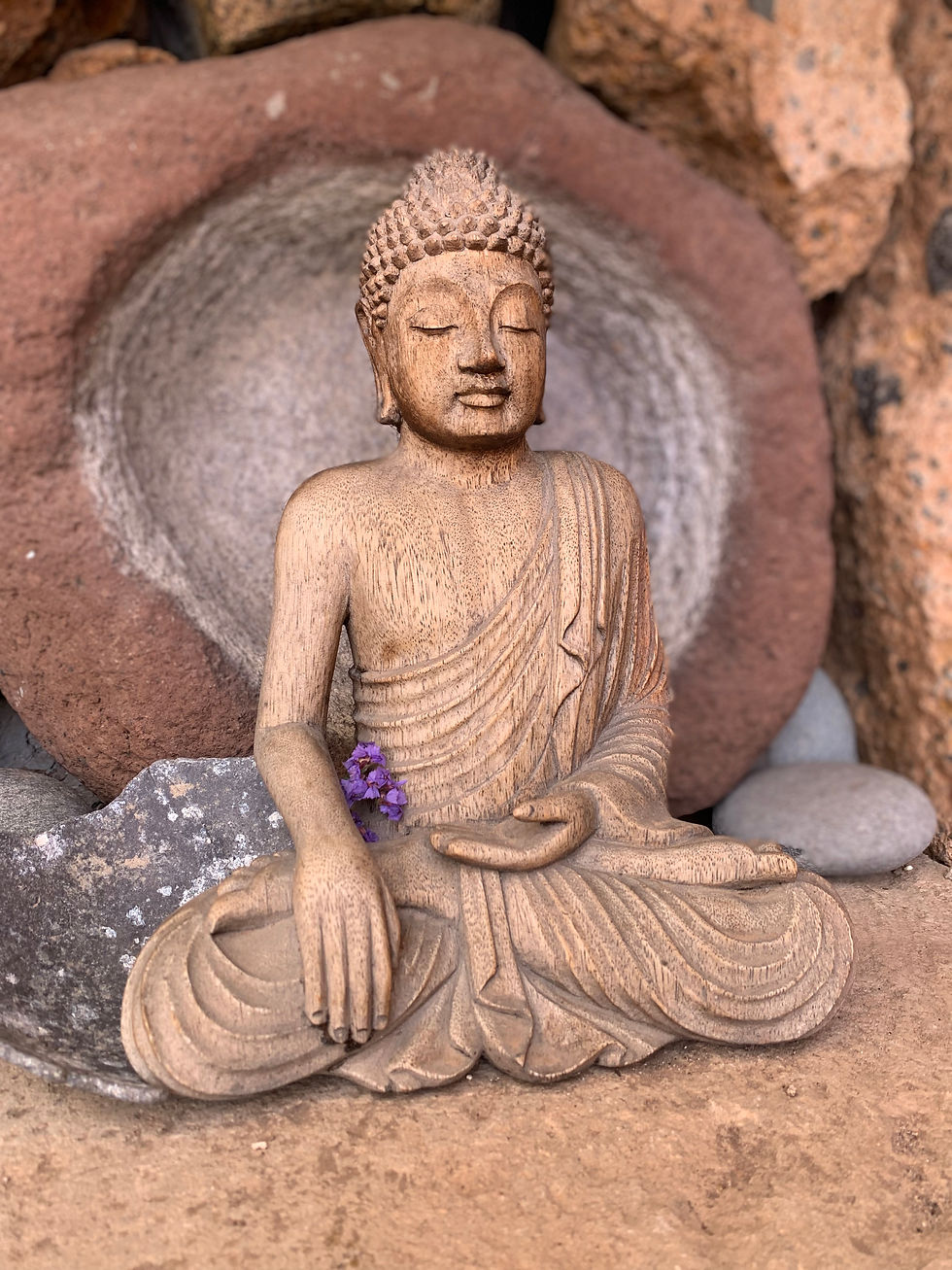Is Handstand Practice of Yoga or Not?
- Kavita Kochar
- Apr 12
- 3 min read
Updated: Apr 14
If you had asked me ten years ago whether I wanted to learn handstands, I would have confidently said no.
Handstands were never part of the traditional yoga practice. The earliest texts, like the Hatha Pradipika, and the teachings of traditional yoga institutions, focused primarily on simple, seated postures—ones that promote relaxation and stability. The purpose of asana was to prepare the body for meditative stillness: opening the hips, stabilizing the spine, and strengthening the core.
Handstands in the Ashtanga Tradition
When we look into early Ashtanga Yoga, particularly from the 1940s, we do find handstands. Many of Pattabhi Jois’ first students would perform handstands in almost every vinyasa, including sun salutations and transitions between postures of the Primary Series.
However, over time, these more acrobatic elements were reduced or removed—especially under the guidance of Sharath Jois. I believe that was a wise choice. Keeping the practice accessible ensures that yoga remains inclusive and focused on its deeper intention.
My First Encounter with Handstands
The first time I was asked to try a handstand was after completing the Intermediate Series. My teacher casually said, “Do some tic-tocs.”
Tic-what…?
He meant jumping into a handstand, dropping over into a backbend, and reversing it back. And that’s when things got real.
Because I tend to dive into challenges that fascinate me, I became curious. I wanted to explore this new territory, even though it wasn’t part of my initial yoga goals.
Handstands slowly became a part of my personal practice—for about six or seven years. I didn’t make dramatic progress during that time, but the curiosity stayed with me. In recent years, especially since moving to Singapore, I’ve deepened my understanding. I wanted to learn how to practice them safely, and without fear.
Why Go Upside Down at All?
There’s something transformational about going upside down.
Even in medieval drawings, yogis are shown hanging from trees, head down, practicing tapas—austerity and inner discipline. Tapas, along with svadhyaya (self-study) and Ishvarapranidhana (devotion), forms the foundation of yogic practice (Yoga Sutra 2.1).
When we begin working with handstands, we often come face-to-face with fear. The fear of falling. The fear of being out of control. The fear of entering unfamiliar territory—both physically and metaphorically.
But that’s where the real work begins.
What Handstands Taught Me
Handstand practice taught me more than physical strength.
It taught me:
• Resilience: To fall and get up again.
• Patience: Progress doesn’t come overnight. It may take years - or decades. And it is alright.
• Breath awareness: When we approach something for the first time - we hold the breath. Over time, we learn how to Breathe in even most awkward positions and uncomfortable situations.
And yes, I now know: my journey could have been faster. If I had learned proper techniques earlier… if I had sought out guidance instead of learning through trial and error. But that was my path, and I wouldn’t trade it.
So… Is Handstand Practice Yoga or Not?
In the traditional sense—no, handstands are not yoga. But in the broader view? They can be.
If approached with intention, humility, awareness, and respect for the body, even a handstand becomes a tool for self-study.
It becomes part of your tapas.
And then, yes—it is yoga.
Ready to Explore Your Own Journey?
If you’re curious about handstands but don’t know where to start, at Nilayam Singapore we offer Handstand Series Workshops and Courses. You can also learn handstands by booking a few private sessions with Marta or John.
Usualle, prior learning handstands there are few requirements which we impose on students from our side:
• At least 6 months of regular yoga practice
• The ability to lower from high plank to chaturanga
• The ability to hold bakasana (crow pose) for 3–5 breaths
If that sounds like you, then you’re already more ready than you think. If you are not there yet - let’s work together to make you learn it soon!
Let’s go upside down—together.








Comments